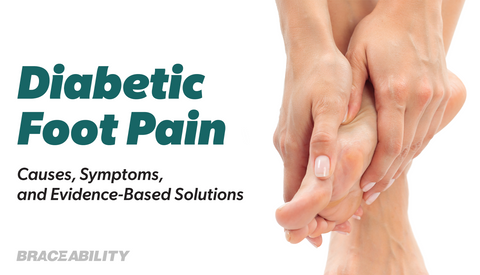The Beginner's Guide to Correcting Bad Posture
Maintaining good posture is about much more than feeling confident because we are simply standing, or sitting up straight. Healthy posture is extremely important for ensuring good long-term health. If you want to efficiently prevent injuries, pain, and other health problems, making sure you are aligned through proper posture is key. Sure, everyone wants great posture, but what is the best way to obtain it? This depends on a number of factors. Follow this guide to find the best way to improve YOUR posture, starting today.
-
Understand the Condition of Your Current Posture
The first step to finding the best way to work towards proper posture is to fully understand and be realistic about what your current posture is. There is no “perfect” posture, but good posture occurs when you have a neutral spine, where your muscles, joints and ligaments are aligned resulting in a healthy balance with less stress on your body.
It’s easy to think of what bad posture looks like, but do you really know what type of poor posture you are suffering from? Once you are able to get serious about what type of posture you have, it is much easier to find where the pain you may be experiencing is coming from and how to best correct it! There are many conditions correlated directly with poor posture, such as:
-
What Solution Will Work Best for You?
Based on where your poor posture pain is stemming from, and what section of your body you need to work on the most, there are a variety of options to improve and straighten your overall posture.
Depending on the severity of your slouching, rounded shoulders, or forward head posture, there are a range of solutions available that can relieve your postural pain, including:
- Routine stretching or yoga
- Physical therapy
- Changing your chair, mattress, and or pillow
- Exercises for posture and balance
- Shoe lifts
- Posture corrector supports
If your posture issues are noticeably problematic, see a doctor or other healthcare professional to determine what is causing the problem.
-
Straighten Up & Take Action
Whether it’s while you’re sleeping, working, sitting, exercising or driving, your posture is always important. The more aware of your posture and body alignment you are, the better off you will be in preventing injuries as well as neck and back pain. Try your best to stand up and take breaks while working at a desk, use proper form while weightlifting or exercising, and simply be aware of your posture throughout the day.
Want to take action on relieving your postural pain right away? Try out our 21 Day Posture Challenge to get started on some quick and easy daily exercises and stretches that will have the best impact on your posture correction process.
-
Be Aware of Rounding or Slouching
It's easy to do, but don’t let yourself get lazy when it comes to fixing your posture. Doing the small things that come along with retraining your posture like sitting up straight at work, and avoiding slouching while driving will all make a huge difference when it comes to an improved posture. If you stay consistent with the steps to correct and straighten your posture, the health benefits will follow. Get back to doing the things you love with increased confidence, free of back and neck pain, with your new and improved posture.














